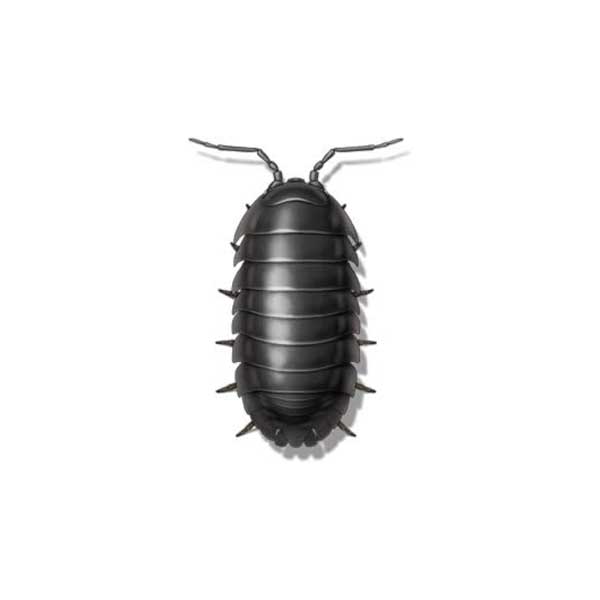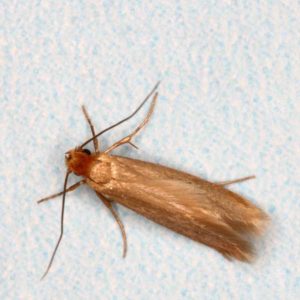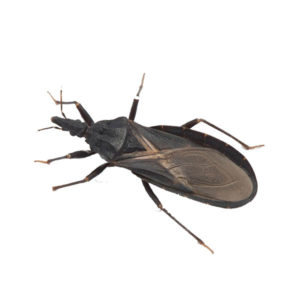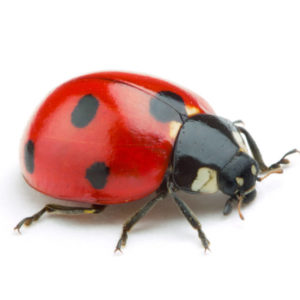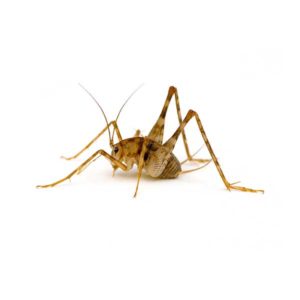Sowbugs in North Carolina
Sowbugs and pillbugs are found throughout the United States and because they are similar in appearance, their names are sometimes used interchangeably. Often known as roly-polies, pillbugs are able to roll up into a tight ball when disturbed or threatened. However, the sowbug has a pair of tail-like appendages that project out from the rear of its body, preventing them from rolling up to protect themselves. They are easily recognized by their back, which is made up of a number of hard individual plates. Since sowbugs require moisture, they do not survive indoors for more than a few days unless there are very moist or damp conditions.
Because there are many different types of beetles in North Carolina, they can be difficult to distinguish, however our common beetle species can help with this.
Sowbug Habitat
Sowbugs thrive in moist environments and can be found outdoors under mulch, fallen leaves, and rocks. Sowbugs are nocturnal and require humid conditions during the day. Sowbugs are scavengers and feed mainly on organic matter. They may leave their natural habitats at night and crawl about over sidewalks, patios, and foundations. Sowbugs can become a nuisance as they often invade crawl spaces, damp basements, and first floors of structures at ground level.
Sowbug Behaviors, Threats, or Dangers
Sowbugs are mainly a nuisance pest, especially when they venture indoors. They are harmless to people but can damage the roots of plants when they eat. Sowbugs typically enter buildings through door thresholds, especially homes with sliding glass doors on the ground level. Seeing a sowbug in the home usually means that there is a large population outdoors.. If you suspect a sowbug issue, contact your local pest control company.
Sowbug Bites
Sowbugs are not capable of biting or stinging humans or animals. They lack the specialized mouthparts required for biting, stinging, or injecting venom. When threatened, their primary defense mechanism is to curl up and play dead, which provides them with limited protection.
Are Sowbugs Dangerous?
Sowbugs are generally not considered dangerous to humans or pets and do not transmit diseases. However, they can become problematic if their numbers increase significantly or if they find their way into your home. They are harmless crustaceans that primarily feed on decaying organic matter, helping in the decomposition process.
How to Get Rid of Sowbugs?
If you find a sowbug infestation in your home or garden, there are several methods to control their population:
- Remove Hiding Places: Clear away debris, logs, rocks, and other items in your garden or yard where Sowbugs tend to hide. By eliminating their preferred habitats, you can encourage them to relocate.
- Reduce Moisture: Since Sowbugs thrive in damp environments, reducing moisture levels in and around your home is crucial. Fix leaks, improve drainage, and use dehumidifiers in damp areas.
- Seal Entry Points: Seal cracks, gaps, and openings in your home’s foundation, walls, and doors to prevent sowbugs from entering.
- Professional Pest Control: In severe infestations, you may consider contacting our expert pest control professionals to get rid of Sowbugs.
Sowbug Prevention Tips
Taking proactive measures to prevent Sowbug infestations is crucial for protecting your property from pests:
- Remove Debris: Regularly clean up leaf litter, decaying plant material, and organic debris in your garden or yard to eliminate potential sowbug habitats.
- Improve Ventilation: Proper ventilation can help reduce humidity levels in your home, making it less attractive to sowbugs.
- Seal Cracks and Crevices: Seal any gaps or openings in your home’s foundation, walls, or doors to prevent Sowbugs from entering.
Need help with Sowbugs control?
Frequently Asked Questions
Are Sowbugs the Same as Rolly Pollies?
Sowbugs are often colloquially referred to as “rolly-pollies” due to their similar appearance to another group of terrestrial crustaceans known as Pillbugs. While Sowbugs and Pillbugs share some similarities, they are distinct species with a few differences in behavior and morphology. Both have segmented bodies and the ability to roll into a ball when threatened, but Sowbugs typically have flatter bodies and less pronounced segments compared to Pillbugs. In casual conversation, people may use the terms interchangeably, but they are technically different creatures.
What Attracts Sowbugs?
Sowbugs are attracted to specific environmental conditions and food sources:
- Moisture: Sowbugs thrive in damp and humid environments. Excess moisture in gardens, mulch beds, or basements can attract them. They are most active at night when humidity levels are higher.
- Decaying Organic Matter: Sowbugs primarily feed on decaying plant material, such as dead leaves, wood, and other organic debris. Gardens with decomposing vegetation are attractive habitats for sowbugs.
- Dark and Sheltered Areas: Sowbugs prefer hiding during the day to avoid drying out and becoming prey to predators. They seek refuge under rocks, logs, debris, or in cracks and crevices.
- Warmth: While Sowbugs are more active in cooler temperatures, they may also be attracted to sources of warmth during colder seasons, such as the interior of buildings or homes.

